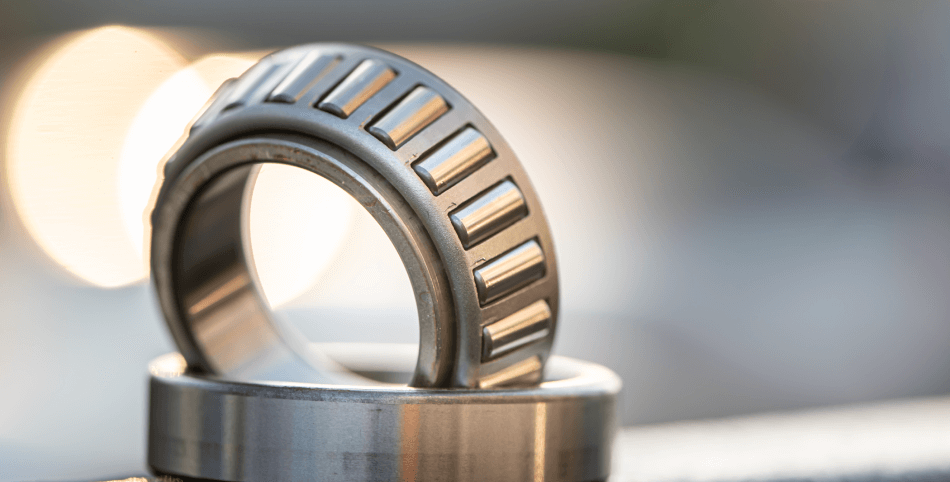
As part of your vehicle’s wheel assembly, wheel bearings ensure smooth rotation while holding your wheel in position. Yet, like any mechanical part, they’re prone to wear and tear over time. A bad wheel bearing can show up through a variety of symptoms, each hinting at underlying issues that need immediate attention. From a humming noise that increases with speed to a car that feels loose while steering, the signs are often unmistakable but can vary in severity. Understanding the causes, ranging from poor installation, impact damage, to simply natural wear from mileage, can help in diagnosing the problem. Learn about the symptoms and common causes of wheel bearing failure to gain a better understanding of your car.
Types of wheel bearings
There’s a wheel bearing used to make every wheel turn smoothly with as little friction as possible, but there are distinct differences in designs:
- Ball bearings are spherical bearings housed in a race to keep them spaced and in position. They’re used in light-duty situations, particularly on older vehicles, as they’re more susceptible to damage.
- Tapered bearings have conical hardened roller bearings inside of a race. They’re used for older vehicles that require high load-bearing at the wheels and are fitted inside of a hub where they can be replaced. They’re typically greased to reduce friction and help eliminate heat buildup that could cause failures.
- Press-in wheel bearings are assemblies that contain a sealedbearing inside that’s maintenance-free or pre-greased. They’re found in both driven and non-driven wheel applications, and are still often found in modern applications.
- Wheel hub assemblies are commonly found on vehicles today. They contain a sealed bearing inside of a bolt-on assembly. One side fits to the steering knuckle while the other attaches to the brake rotor and wheel. They can be used on both drive wheels and non-drive wheels.
For many newer vehicles, both the front and rear wheel bearings are hub assemblies. However, it’s not always the case, and the front and rear bearings can be different designs.
What causes a wheel bearing to fail

Several factors can cause a bad wheel bearing including:
- Driving with overweight loads. Exceeding your vehicle’s weight capacity can put undue stress on the wheel bearings.
- Low-quality parts. There may be significant quality differences between economy and premium parts, and low-quality components can fail much sooner.
- Poor lubrication. If roller bearings aren’t properly greased, they can overheat or get pitted and corroded from oxidization.
- Bad installation. Improper installation, especially using too much direct force on the bearing, can cause damage and premature failure.
- Impact Damage: Hitting curbs or potholes can cause immediate damage to wheel bearings, leading to their failure.
Symptoms of a Bad Wheel Bearing
- Unusual Noises: One of the most common signs of a bad wheel bearing is unusual noises coming from the wheels. These can include grinding, humming, or rumbling sounds, especially when turning12.
- Poor Handling: A failing wheel bearing can affect your vehicle’s handling. You might notice the steering feels loose or unresponsive1.
- Uneven Tire Wear: Bad wheel bearings can cause uneven tire wear, as the wheel may not rotate smoothly3.
- Vibrations: You might feel vibrations in the steering wheel or the vehicle body, particularly at higher speeds2.
- ABS Warning Light: In some vehicles, a bad wheel bearing can trigger the ABS warning light on the dashboard1.
Conclusion
Understanding the causes and symptoms of a bad wheel bearing is crucial for maintaining your vehicle’s safety and performance. Regular maintenance and early detection of issues can prevent more severe problems down the road. If you notice any of these symptoms, it’s essential to have your wheel bearings inspected and replaced if necessary.

